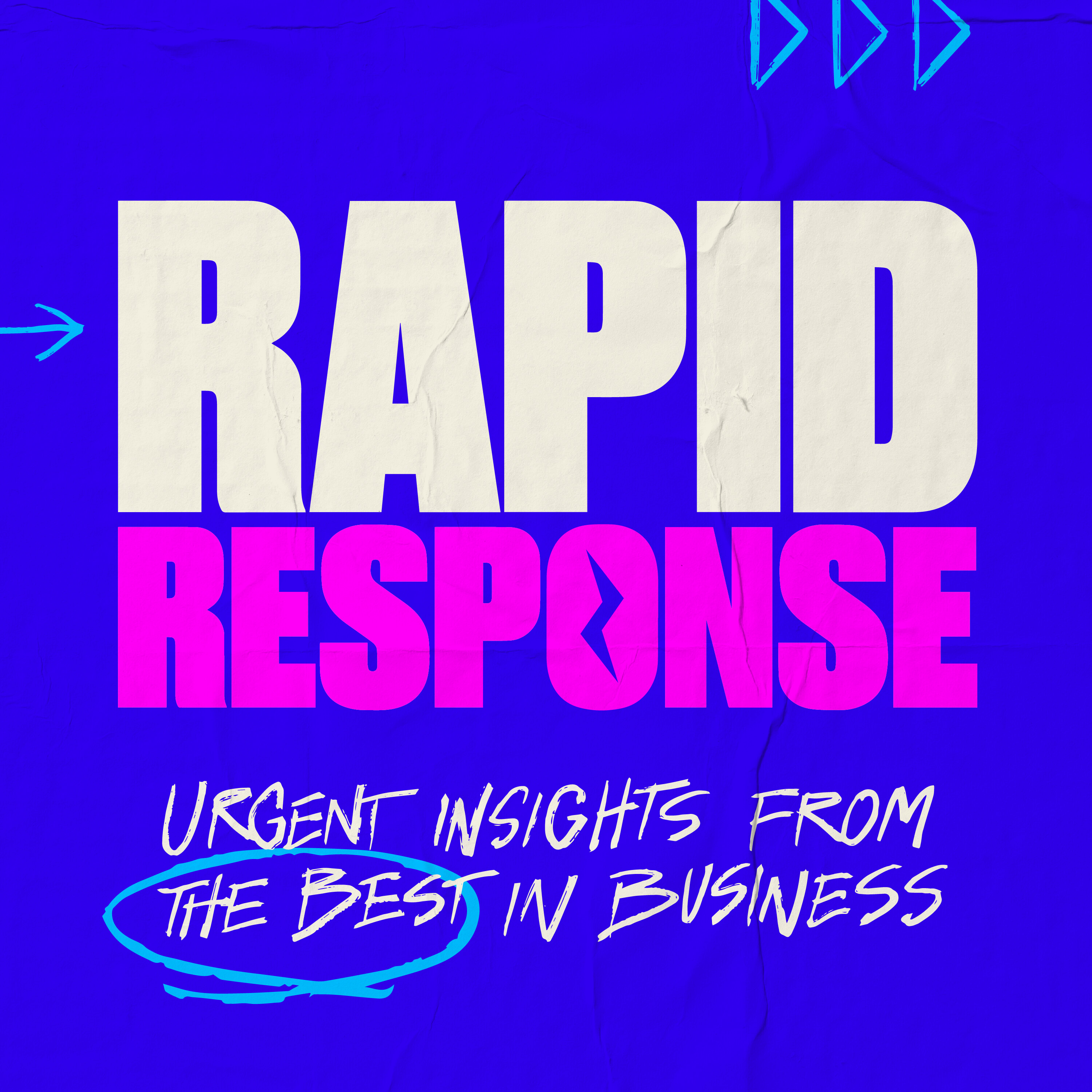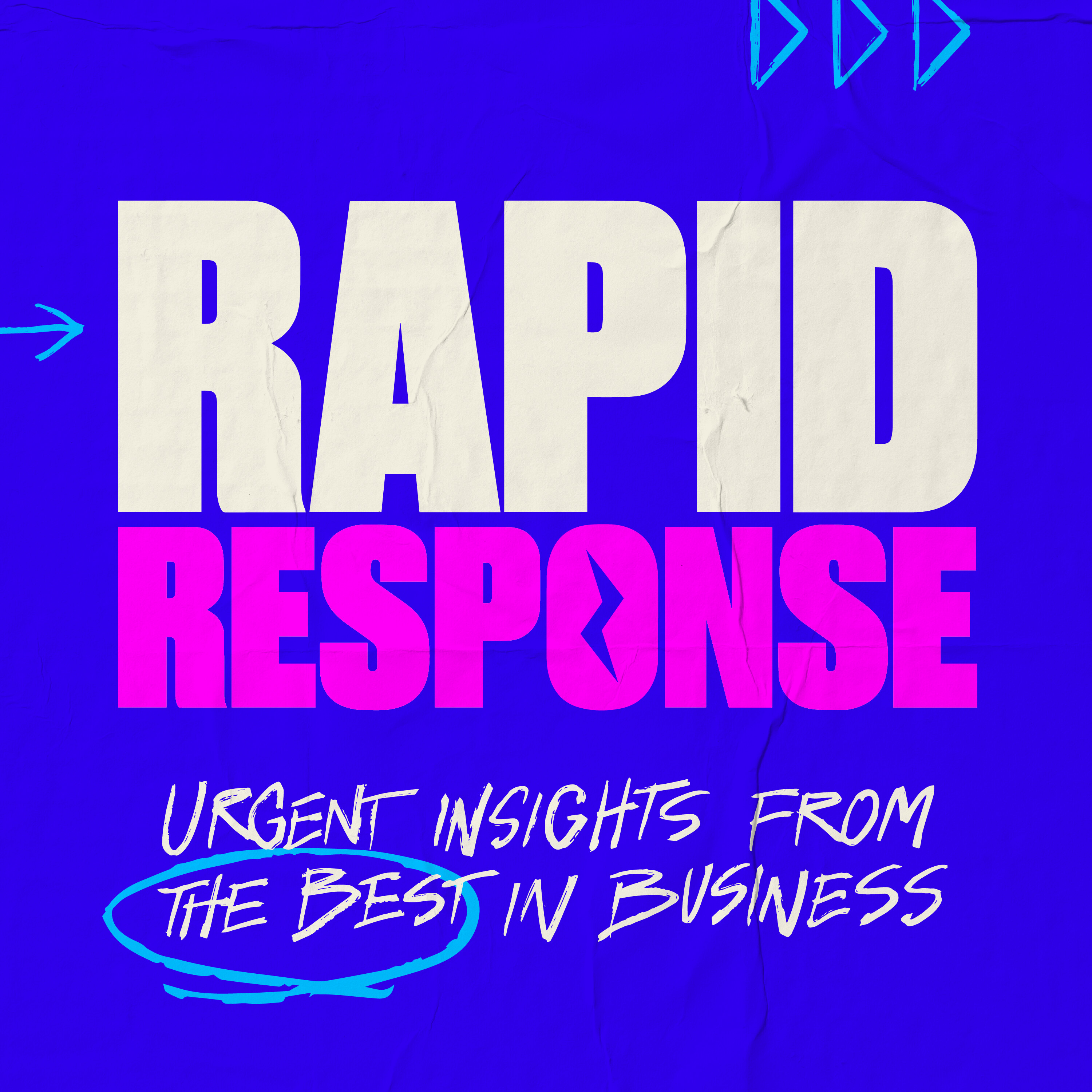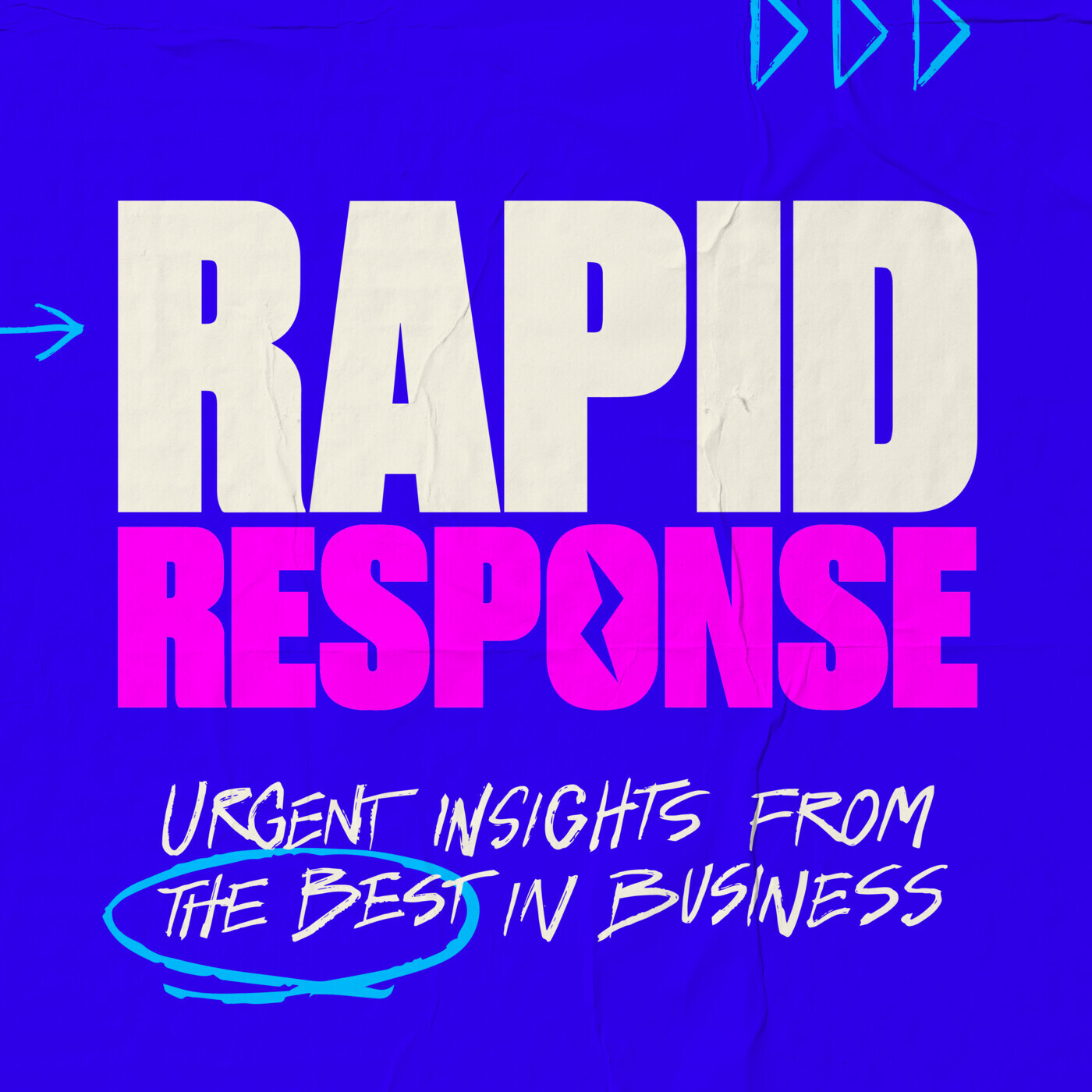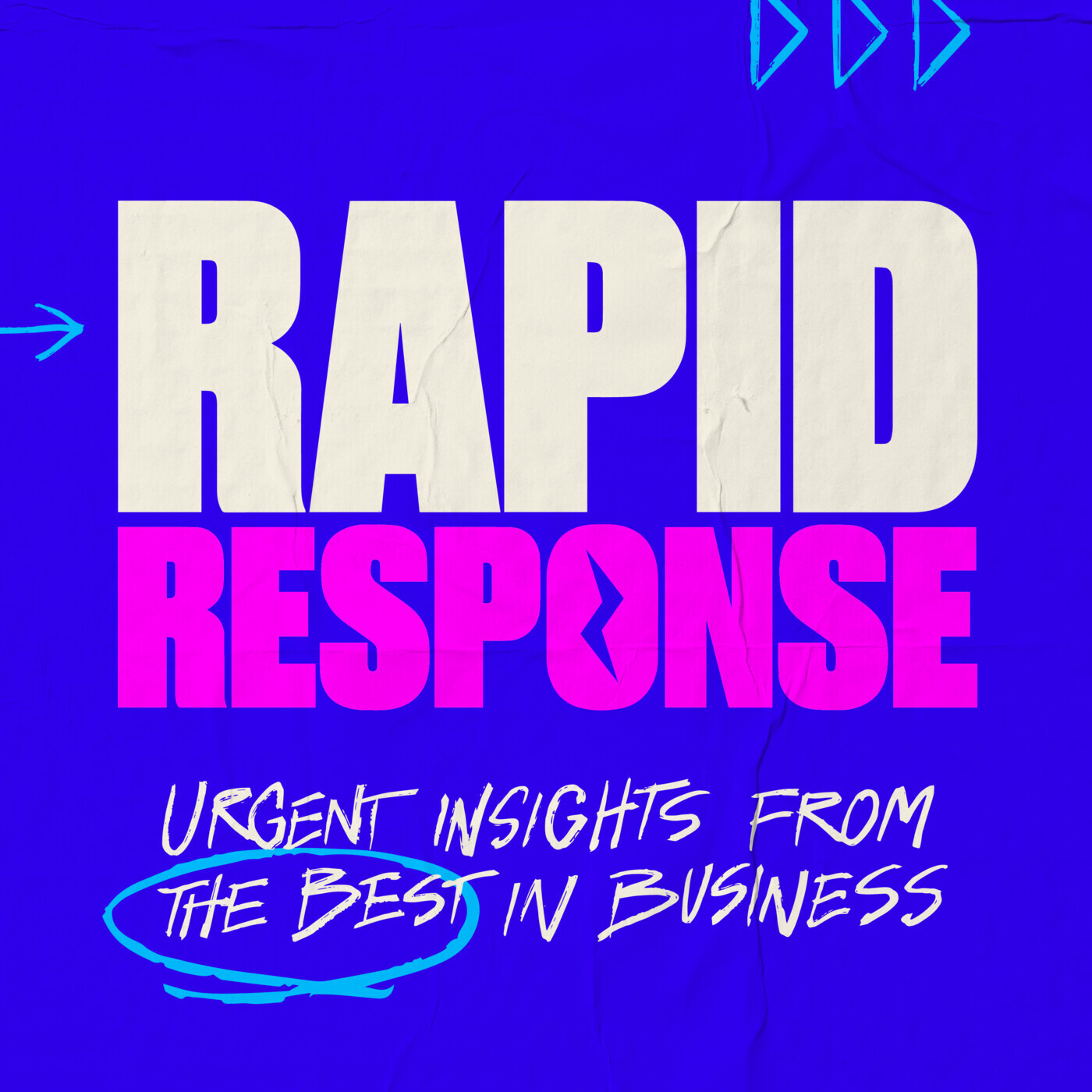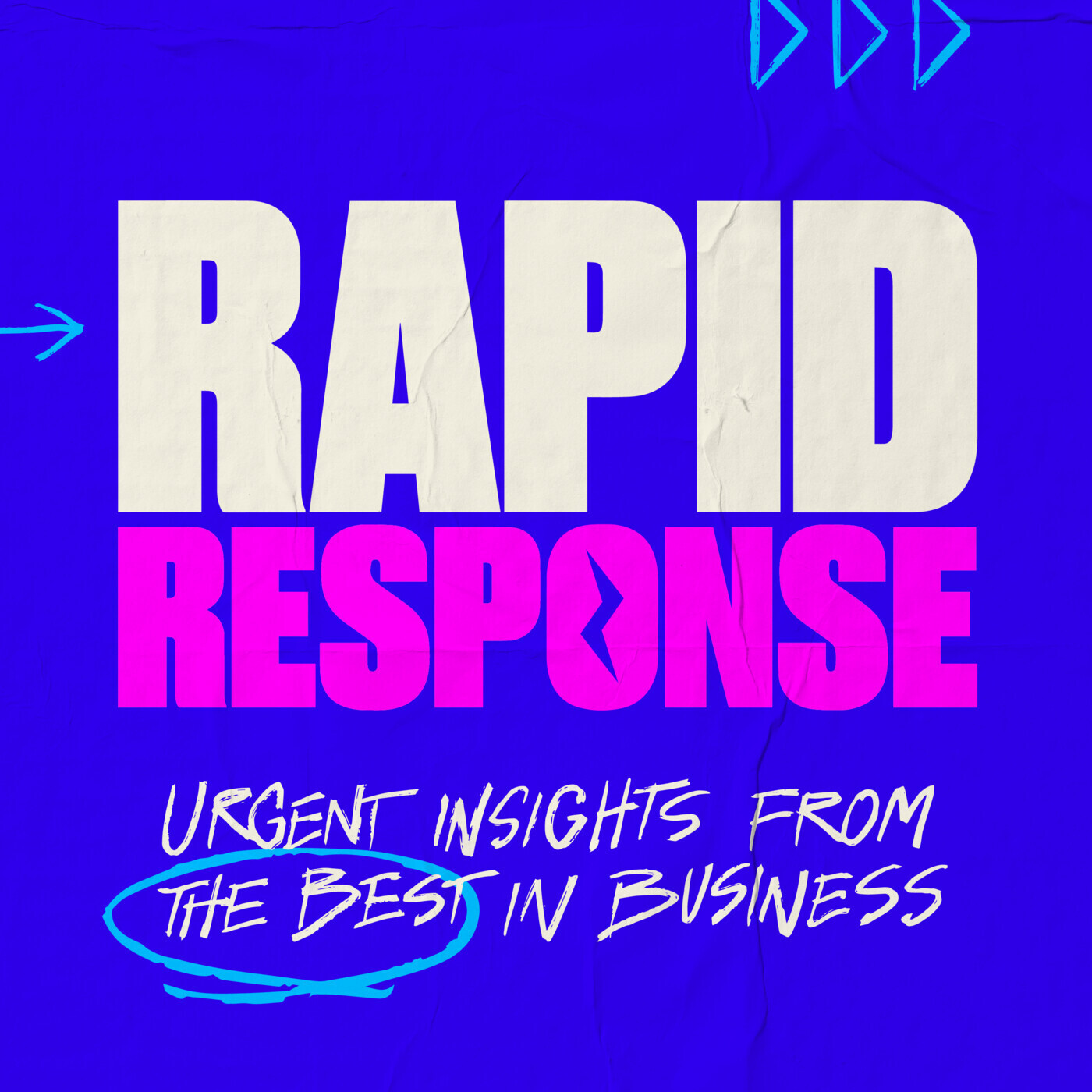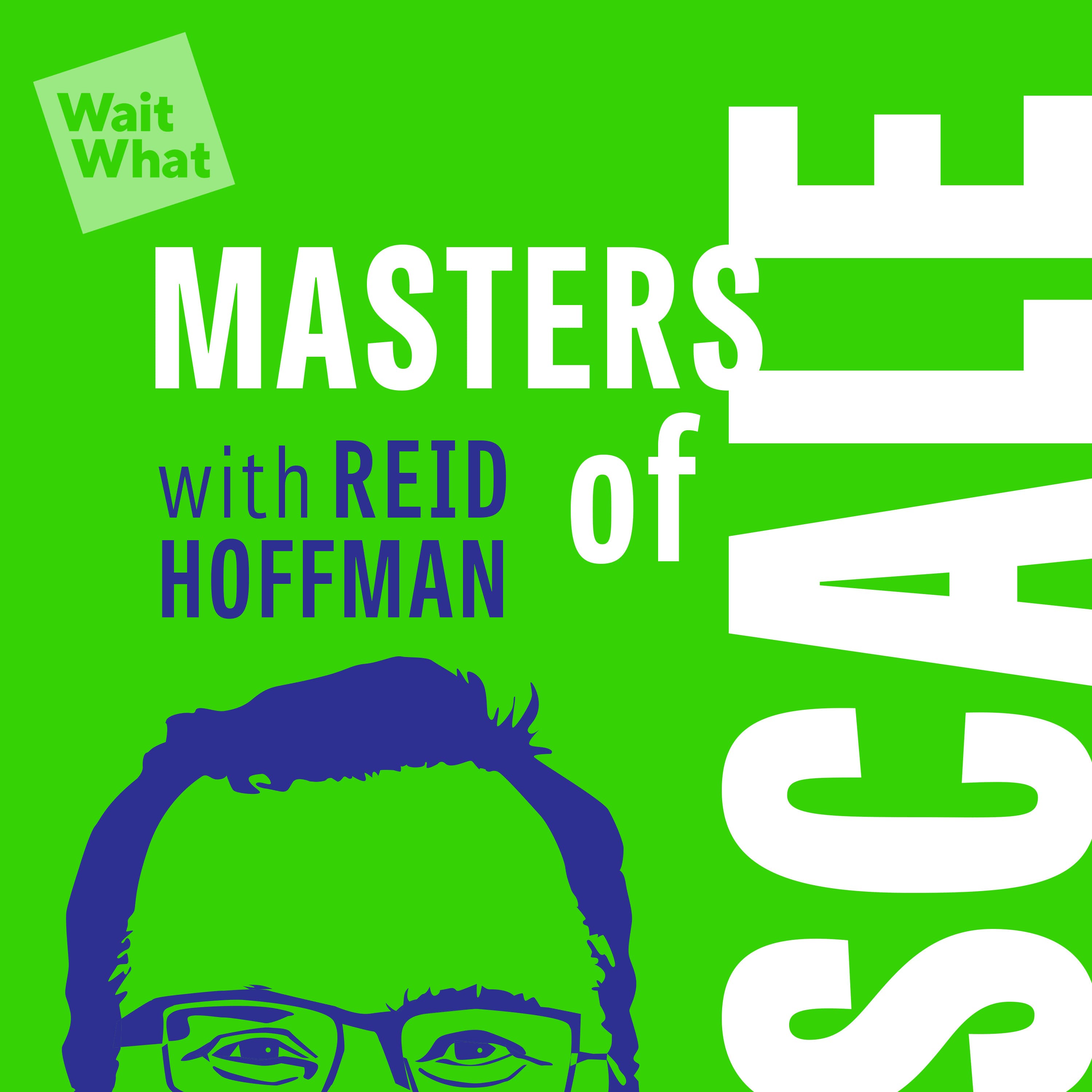
February 13, 2025 • 30min
Building a network of mentors, with Cadre’s Ryan Williams
Masters of Scale
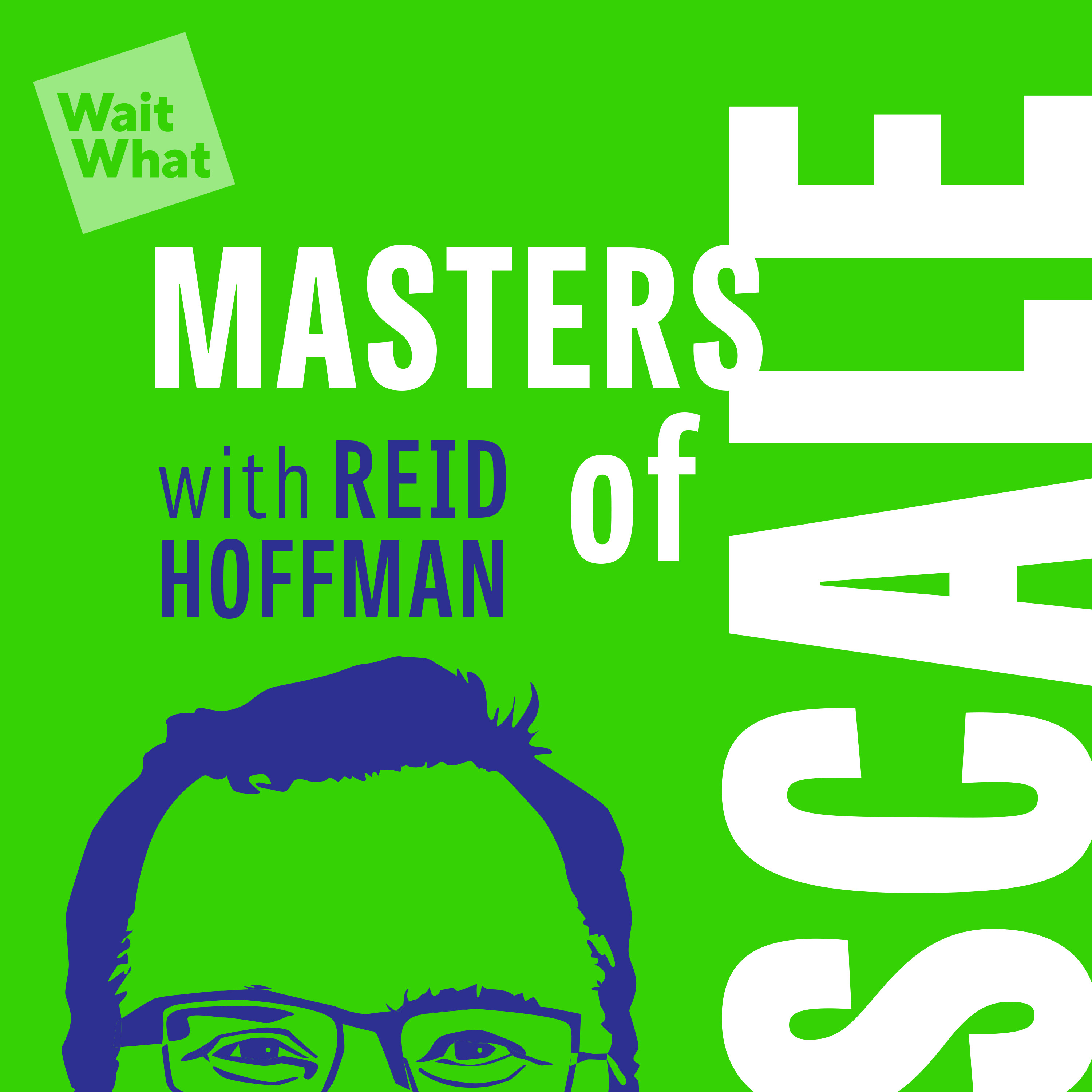
Key Takeaways
- Early entrepreneurial drive - Started multiple ventures as a teenager, including a personalized sports apparel business at age 13
- Education and mentorship were critical - Won a business plan competition that provided access to mentors and led to Harvard admission
- Real estate focus emerged from seeing opportunities during 2008 financial crisis to help communities affected by foreclosures
- Built Cadre as a technology platform to democratize access to real estate investment opportunities traditionally limited to the wealthy
- Strategic approach to growth - Started with high-end institutional clients like Goldman Sachs before expanding to broader market
- Strong network of advisors helped navigate challenges, including unexpected media attention
- Successful exit - Sold Cadre for over $1 billion to Yieldstreet to expand product offerings while maintaining mission alignment
Introduction
Ryan Williams founded Cadre in 2014 to make real estate investing more accessible through technology. The platform allows fractional ownership of commercial real estate properties, similar to how Robinhood democratized stock market investing. Williams built the company from scratch to a successful exit worth over $1 billion, navigating various challenges along the way through strong networking, mentorship, and staying true to his core values.
Topics Discussed
Early Entrepreneurial Journey (03:49)
Williams grew up in Baton Rouge, Louisiana, where he was exposed early to both economic divisions and entrepreneurial spirit. Despite facing initial failures, he persisted in pursuing business opportunities:
- Started a bait and tackle shop that failed due to lack of credibility as a young entrepreneur
- Created a successful personalized sports apparel business at age 13 selling custom headbands and wristbands
- Won national business plan competition through NFTE (National Foundation for Teaching Entrepreneurship)
- Competition victory provided $10,000 grant and access to mentors who encouraged Harvard application
Genesis of Cadre (06:52)
The inspiration for Cadre came from Williams' experiences at top financial institutions and his desire to democratize access to real estate investments:
- Observed wealth creation limited to top 1% while at Blackstone and Goldman Sachs
- Developed real estate curriculum at Harvard with business school professors
- Started buying foreclosed homes during financial crisis in Atlanta
- Built initial MVP (Minimum Viable Product) while still working at Blackstone
- Secured first asset through relationship with Jared Kushner as early partner
Building the Business (17:02)
Williams took a strategic approach to growing Cadre, focusing first on establishing credibility with major institutions:
- Started with top-tier institutional clients like Goldman Sachs
- Secured $250 million commitment from Goldman Sachs with access to thousand sub-advisors
- Built infrastructure for longer sales cycles and relationship management
- Used institutional partnerships as social proof to expand to broader market
Managing Media Attention and Challenges (21:21)
The company faced unexpected scrutiny due to early investor Jared Kushner's White House role:
- Maintained focus on core values: respect, integrity, transparency, empathy
- Relied on mentor network including Vinod Khosla and Michael Ovitz for guidance
- Emphasized overcommunication with stakeholders
- Held regular one-on-ones with team members to address concerns
Building Advisory Network (26:13)
Williams shares his approach to building relationships with high-profile advisors:
- Focus on creating symbiotic relationships
- Provide value through industry insights and connections
- Maintain consistent communication and follow-through
- Build snowball effect through successful relationships leading to more connections
Decision to Sell (27:50)
The choice to sell Cadre came from strategic considerations about the company's future:
- Wanted to diversify product offerings beyond real estate
- Considered two paths: raising capital to build new divisions vs. strategic partnership
- Chose partnership with Yieldstreet due to mission alignment and complementary strengths
- Transaction valued at over $1 billion, largest fintech deal of the year
Future Plans (30:50)
Williams discusses his next steps after the successful exit:
- Planning new venture at intersection of financial services and technology
- Conducting customer research and due diligence
- Focused on applying learnings from Cadre experience
- Emphasizing importance of working with value-aligned partners
Conclusion
Ryan Williams' journey with Cadre demonstrates the power of combining entrepreneurial drive with strategic thinking and strong relationships. His success came from identifying a clear market opportunity, building credibility through institutional partnerships, and maintaining focus on core values while navigating challenges. The successful exit to Yieldstreet validates his approach while setting the stage for future ventures in the fintech space.
